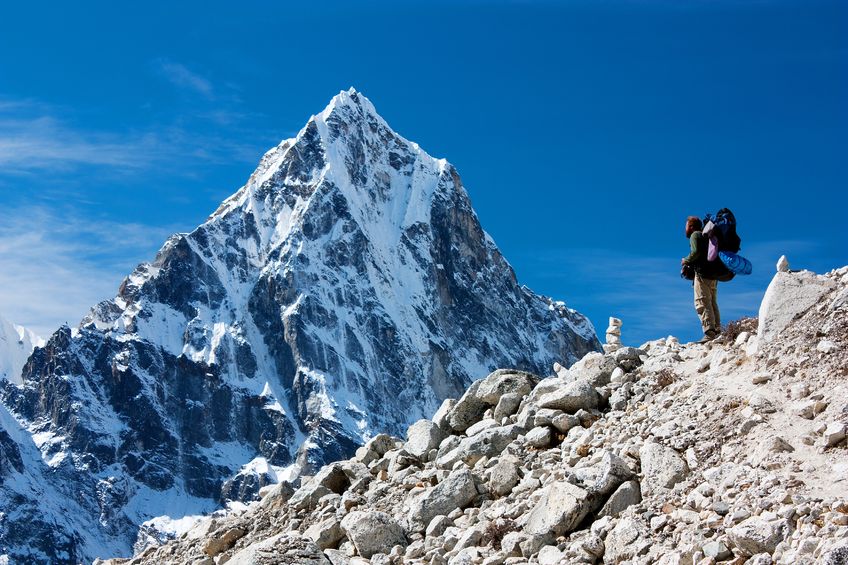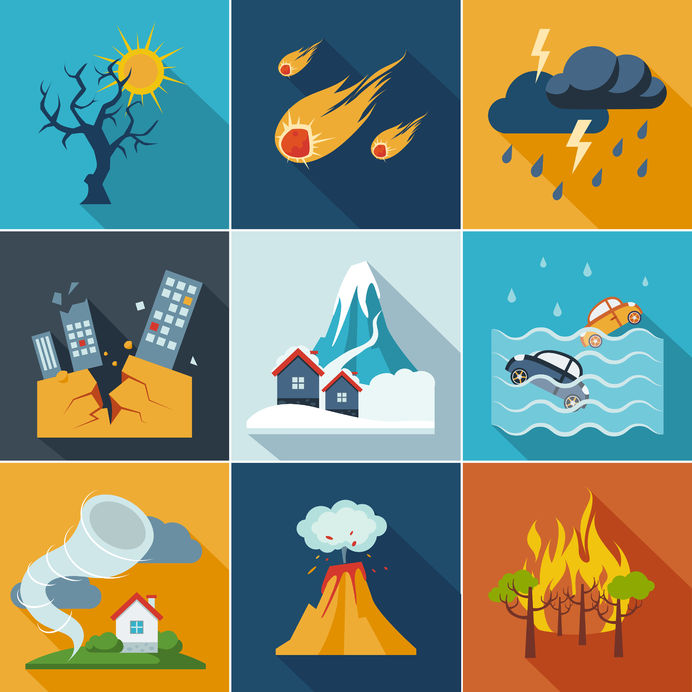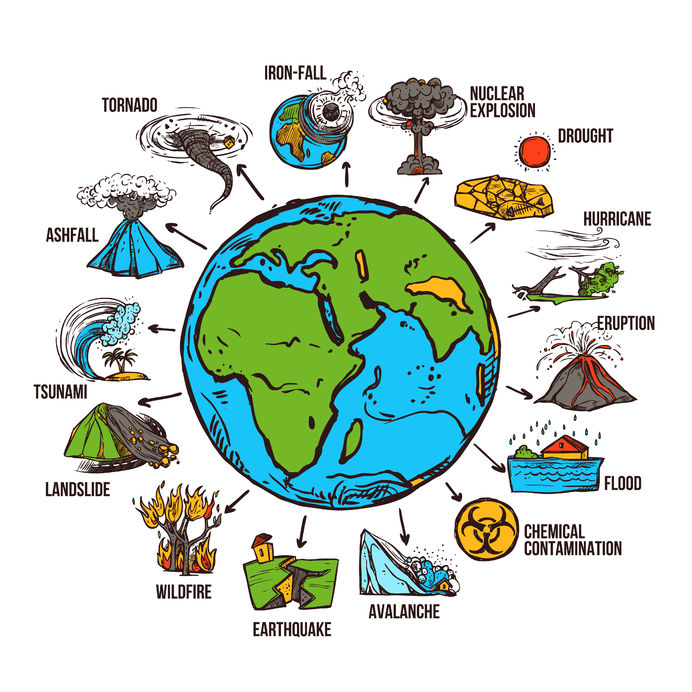Most people know that the mountains are large in their masses of soil and rocks, which rise more steeply above the surrounding areas.
Mountain Formation
Due to the movement of tectonic plates, mountains are formed and these mountains can be formed in any part of the earth. There are five important processes which are responsible for the formation of the mountains:
1) Volcanic activity
2) Folding
3) Faulting
4) Dome building
5) Erosion.
Folding
Folding is considered as the bending of the layers of the rock. It is like the pushing of the earth’s plates towards each other like a roller coaster, which consists of a series of higher and lower points. Folding may lead to the bending of the layers without bearing them. The mountains whose ranges are the result of folding are the Appalachian and Rocky Mountains.
Faulting
Flouting is like the movement without making any crack in the earth’s crust. At fault lines, pressure from the colliding of the plates causes the layers of the earth’s crust to move vertically upward. Those mountains that are formed in this process are known to be fault-block Mountains.
Dome Building
Low mountains form when the earth’s crust is heaved upward without folding or faulting. The heaving creates a rounded dome called a Dome Mountain.
Erosion
Soil erosion is the process of removing the topmost layer of land, or soil. The movement of ice, water, or wind can accomplish this.
Mountains can be formed in different ways.
There are two types of mountains, such as:
- Fold Mountains
- Block Mountains.
Fold Mountains
Fold Mountains are very common type of mountain which is made up of different parts when earth moves in different ways. If we put two telephone directories on a table and push them together, some of the pages get curled up from the crest. And others can be crumpled under the pages which have curved up. This type of mountain is called a fold mountain since it is caused by the folding of the rocks. The Macgillycuddy Reeks in Munster, The Rocky Mountains in North America, the Alps in Europe, the Andes in South America and the Himalayan Mountains in Asia are all examples of Fold Mountains.
Block Mountains
The faults or cracks in the earth’s crust that force rock blocks upward or downward are what give rise to these mountains. The uplifted blocks that are present are considered the Block Mountains. These mountains step in the front side and then slope again in the back side. The Mountains in Ireland and the Sierra Nevada mountains in North America are the form of Block Mountains.
The Wearing Down of Mountains
Mountains may look the same during our lives but they do change very slowly. The streams that flow down on their sides wear away little pieces of rock. Wind and rain also wear down the rocks, and frost and ice cause the rocks to break. It is considered the wearing-down ‘erosion’.
Eventually, after many years of erosion, the mountains worn down and made a plane there. We can’t see that clearly, as it takes millions of year to happen.
Ireland from Above
Many people say that Ireland is like a saucer. It has mountains around the edge, and in the center, the land is flat. This flat part of Ireland is known as lowland, which is known for the Central Plain. Some mountains in Ireland are on their own and others are in groups called mountain ranges. Most of our mountains are not too far from the sea.
Mountains around the world
Ireland: Carrantuohill in the Macgillycuddy Reeks in Co. Kerry is the highest mountain in Ireland. It is 1,041 meters high.
Europe: Mont Blanc (meaning “White Mountain”) is the highest mountain in the Alps, Western Europe, and the European Union. It rises 4,810 meters above sea level and is ranked 11th in the world. It is also sometimes known as “La Dame Blanche” (French for “The White Lady”).
The World: Mount Everest is the world’s highest mountain at 8,848 meters. It is located in the Himalayas on the Nepal-China (Tibet) border.





